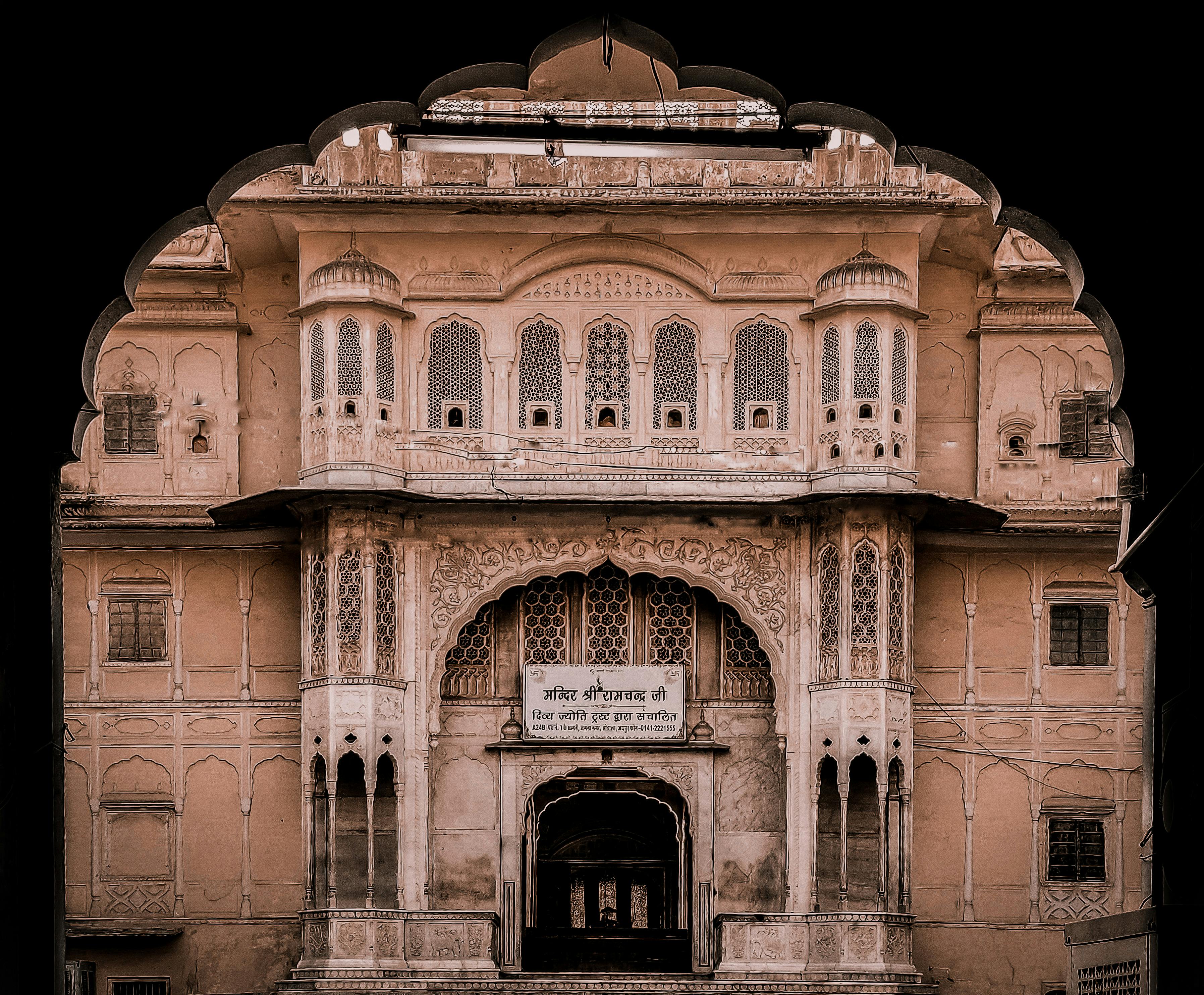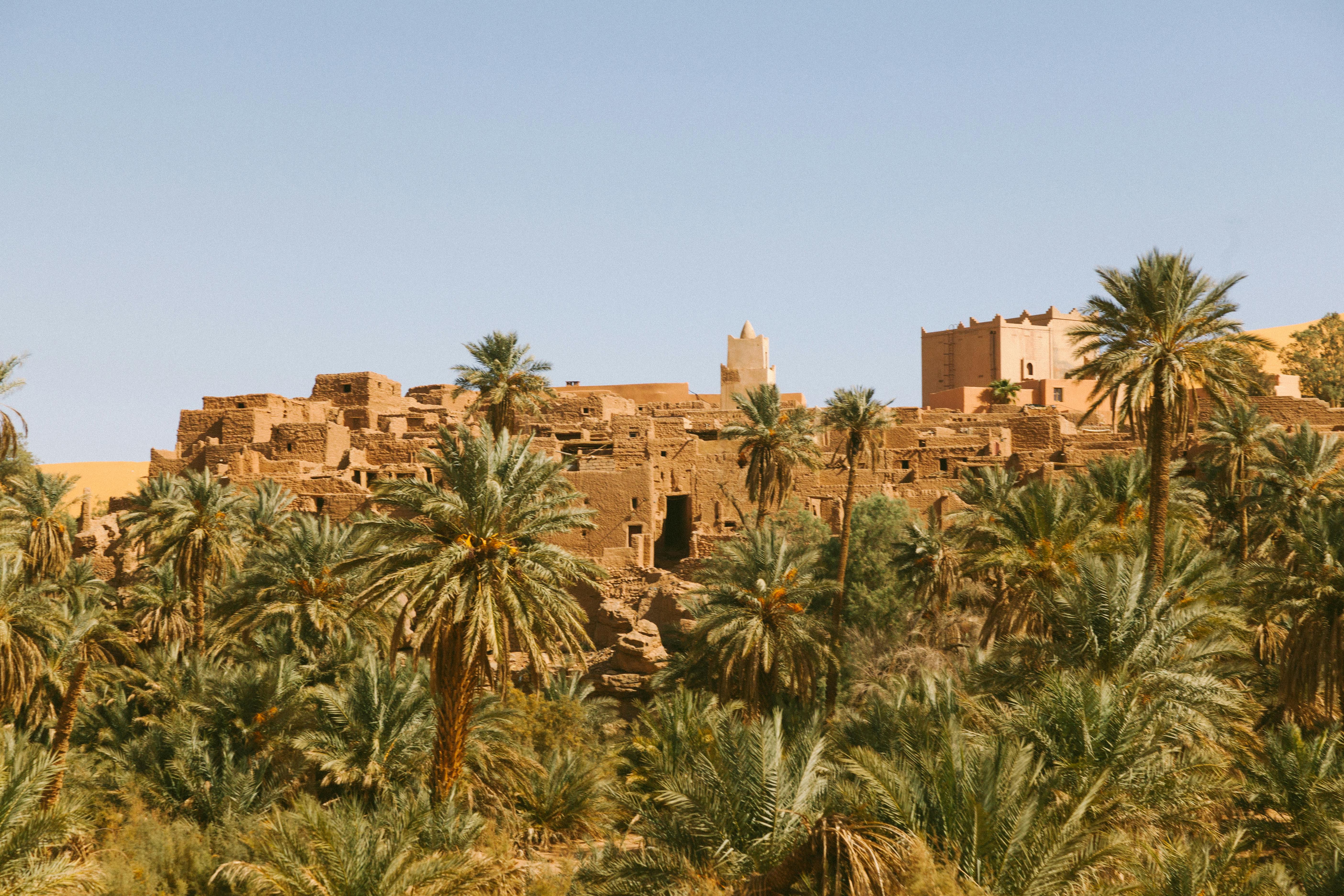Mezcal aficionados and new to drinking the traditionally high-alcohol agave distillate alike sometimes consider making the spirit at home with their own vintage of the succulent. While the idea is novel and admirable, it does have its pitfalls and drawbacks. Just because it’s made in California and maybe other southern states in the US and, as I’m told, Australia and Africa, doesn’t mean it’s for you.
You may have already noticed the phrase Mexican Mezcal in the title of this article and found it odd or even absurdly inappropriate. Your impression is absolutely correct, but it was used to make a point. To be called mezcal, the spirit drink must be produced only in a fixed number of states in Mexico, and only in those distilleries that have been registered with the Mezcal Regulatory Council (CRM). In fact, each batch must be certified by the regulatory council. So if you start a project trying to produce an agave distillate, while you can possibly safely call it a mezcal, there is no way you can legally market it as such.
There are more than 200 different species of agave, known locally as maguey. Some commentators have pegged the number at around 300. Approximately 50% are endemic to Mexico, and at least half of that number is used to produce certified mezcal and non-certified agave distillates.
There are three main reasons why not all maguey species are used. First, if the particular variety of agave only grows well in very remote parts of the country that are not easily accessible, neither farmers nor distillers will be inclined to go to the effort to harvest it. And they may not decide to grow those species if they know that, at the end of the day, the agave may not grow well due to climatic and territorial considerations, such as temperature variation throughout the year, the level of precipitation, the annual sunny days, etc. . Second, the species can be extremely difficult to work with; reaching the heart or pineapple that will be used in production, or crushing after cooking, or later in the fermentation and distillation processes. Third, and most important for present purposes, if the particular species is not relatively high in carbohydrate content, it will not be economically feasible to double harvest, bake, ferment, and finally distill. Cooking converts carbohydrates to sugars, and the more sugar derived, the greater the yield of the resulting mezcal. So, the fact that you live in a climate suitable for growing agave does not mean that the species in question lends itself to making a distillate.
Presumably most of those who are interested in their own agave distillate production have some experience with distillation. The danger inherent in the use of a live flame when producing alcohol must be taken into account. And, of course, there is the issue of methanol, that is, ensuring that only potable alcohol is produced safely. Finally, there is the issue of fixed composition. You should not use any gadget for distillation, as it may have been made from materials not intended for use in making spirits. You may have heard of liquor drinkers dying or going blind from drinking moonshine from Tennessee or Kentucky. One of the reasons why the distillate was not safe to drink is related to the compounds used in the manufacture of the “alembic”, for which used car radiators have been used as condensers, among other less than appropriate equipment. They may have been coated with high methanol antifreeze or welded with metals and chemicals whose compounds should not be ingested. The laws in your jurisdiction might prohibit domestic or even more commercial distillation, certainly without the appropriate approvals and licenses. The reasoning usually relates to taxes and security.
You’ll likely enjoy your homemade agave distillate, and others might, too. But don’t expect it to come close to the mezcal you’ve tried that has been produced in Oaxaca, Michoacán, or Puebla. and even within For each of those states and the other mezcal producers, the flavor profiles can be very different. Each region and microclimate has a unique terroir, a water source, a number of different seasonal environmental yeasts, etc. There are literally dozens of different impacts that determine the quality of mezcal based on environmental factors, necessarily and inevitably different from those in which you live and plan to grow, cook, ferment and distill.
The above are just some of the factors that can come into play when deciding to make an agave distillate. Some may even be exclusive to the person interested in said project. As long as you’ve carefully weighed each consideration, making your own mezcal, or rather agave distillate, can be a worthwhile endeavor.




